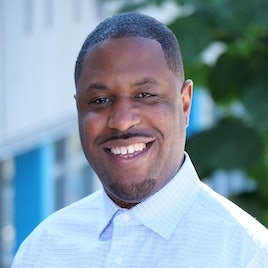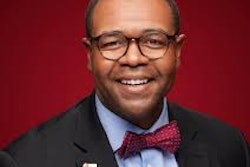In 2020 educational scholar, Dr. Yolanda Sealey-Ruiz, revived the term "Archeology of Self" as a racial literacy development model. Archeology of self encourages K-12 teachers and higher education faculty to engage in self-reflection to unveil their racial bias and stereotypes. Arguably, one of the outcomes of racial bias and stereotypes in K-12 education is the disproportionate placement of students of color in special education. In 1968, the United States Department of Education's Office of Civil Rights began conducting a biennial survey of K-12 schools within the states. Much of this survey data homed in student placement in special education programs focusing on variables such as race, gender, social class, and language proficiency. Despite the implementation of various interventions, research over the past four decades show that the patterns of disproportionality have remained consistent.
Students of color continue to be identified for special education services at higher rates than their white peers. Meanwhile, studies show white students are underrepresented in special education services when considering their significant need for academic and behavioral support. According to the National Survey of Children's Health, children from lower social economic status families are twice as likely to be identified with a learning disability when compared to their peers whose families income are above the poverty level.  Dr. Antonio L. Ellis
Dr. Antonio L. Ellis
Beyond poverty, disproportionality in special education has also been linked to adverse childhood experiences including, parental separation, familial incarceration, domestic violence, neighborhood violence, familial mental illness, and substance abuse. Moreover, disability studies research continues to show a preponderance of evidence pointing to the existence of systemic racial biases in K-12 schools that contributes to student of color being overly referred and overrepresented in special education. According to the National Education Association, “research suggests that a child’s race and ethnicity significantly influence the probability that he or she will be misidentified as needing special education services”. Students being mis-identified often have immediate and long-term negative implications. Students with disabilities typically have higher rates of office referrals, suspensions, and expulsions from school. To that end, The Response to Intervention Action Network revealed that culturally and linguistically diverse children receive more severe consequences that their white peers for identical behaviors.
Sealey-Ruiz contends that “racial literacy in schools includes the ability to read, write about, discuss and interrupt situations and events that are motivated and upheld by racial inequality and bias”. As a former K-12 school special education administrator and current special education professor, I heavily draw upon Sealey-Ruiz’s Archeology of Self Racial Literacy Framework as a possible avenue towards dismantling disproportionality in special education among students of color. Tiers within this framework includes critical love, critical humility, critical reflection, historical literacy, archeology of self, and interruption. While every tier in this framework is vital, I encourage K-12 educators and community members to begin the work of dismantling racialized special education referrals and placements with “critical humility” – “being open to understanding the limits of one’s own worldviews and ideologies” to interrupt and interrogate personal beliefs, systemic inequities, and racist educational policies that contributes to the achievement gap among students of color and their white peers.
As part of archeology of self, Sealey-Ruiz references the “excavation process” as a significant part of the self-reflection journey. The excavation process is a “profound love, a deep, ethical commitment to caring for the communities one works”. I contend that disproportionality will only subside when all children are treated equitably regardless of their race, social economic status, familial background, sexual identity, and gender. While the foci of this article centers on racial discrimination, I acknowledge there are intersectional factors that contributes to the unfair assessment of students of color. In the words of Sealey-Ruiz “self-examination is hard work, but the reward is great, and will make us remember our purpose in life”.
Dr. Antonio L. Ellis is an assistant professor of special education at the Radford University School of Teacher Education and Leadership.



















